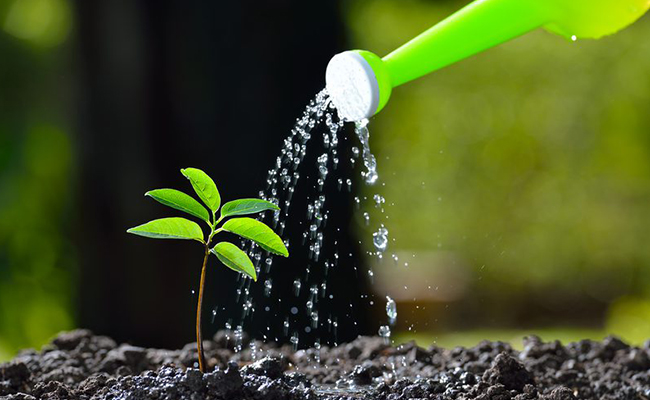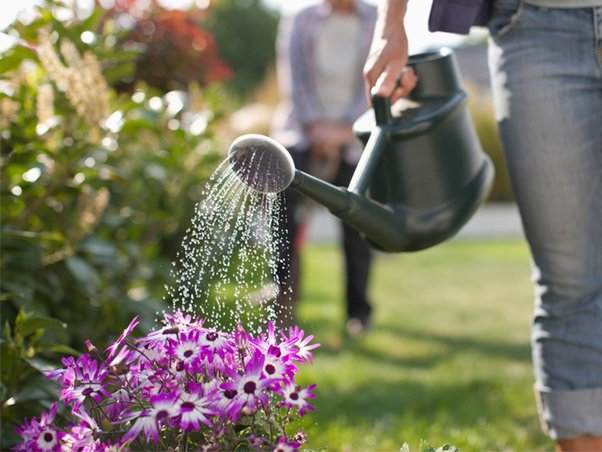Welcome to our blog journey to guide you through gardening in California summer! As the temperatures rise and the sun beats down, we embark on an adventure to cultivate thriving gardens amidst the challenges of dry heat and drought. In this blog, we’ll explore the resilient plants, clever techniques, and mindful practices that not only survive but flourish in these demanding conditions. Whether you’re a seasoned gardener or just starting out, join us as we uncover the secrets to successful gardening in the golden state’s hottest season.
Summer Season in California
Summer in California is often characterized by long, dry days and plenty of sunshine. From the sun-kissed beaches of the coast to the sizzling valleys of the interior, the state experiences a wide range of climates during the summer months. In coastal regions like San Francisco and Los Angeles, summers tend to be mild and temperate, with average temperatures ranging from the 60s to the 70s Fahrenheit (15-25°C). However, inland areas such as the Central Valley and the deserts of Southern California can see much hotter temperatures, often soaring well above 100°F (38°C). One of the defining features of California summers is the prevalence of drought conditions.

With limited rainfall during the summer months, water conservation becomes crucial, both for gardeners and for the state’s agricultural industry. Despite the challenges posed by the heat and drought, California’s summer season also brings an abundance of fresh fruits and vegetables. From juicy tomatoes and sweet corn to ripe peaches and plums, local farmers’ markets burst with vibrant produce during this time of year. Overall, California summers offer a mix of sun-soaked days, warm temperatures, and opportunities for outdoor recreation, making it a beloved season for residents and visitors alike.
Things to Remember Gardening in California Summer
Choose heat-tolerant plants
Opt for plants that thrive in hot weather and are well-suited to California’s climate. Some examples include succulents, cacti, drought-tolerant perennials like lavender and rosemary, and heat-loving vegetables such as tomatoes, peppers, and eggplants.

Water wisely
California often experiences drought conditions, so it’s crucial to conserve water. Use drip irrigation or soaker hoses to deliver water directly to the roots of plants, reducing evaporation. Water deeply but less frequently to encourage deep root growth. Consider using mulch to retain soil moisture and suppress weeds.

Provide shade and shelter
Protect your plants from the intense summer sun by providing shade during the hottest part of the day. Use shade cloth, row covers, or plant taller crops to provide natural shade for smaller, more delicate plants. Consider planting heat-sensitive crops in areas with afternoon shade.

Time your watering
Water your garden early in the morning or late in the evening to minimize water loss through evaporation. Avoid watering during the hottest part of the day, as this can stress plants and lead to water waste.

Monitor soil moisture
Check the moisture level of your soil regularly, especially during hot, dry weather. Stick your finger into the soil to a depth of a few inches. If it feels dry, it’s time to water. Consider investing in a moisture meter to accurately gauge soil moisture levels.

Protect against pests
Summer is prime time for garden pests such as aphids, spider mites, and whiteflies. Keep an eye out for signs of pest damage and take proactive measures to control them. Use organic pest control methods such as insecticidal soaps, neem oil, or beneficial insects like ladybugs and lacewings.

Harvest frequently
Many fruits and vegetables reach their peak ripeness during the summer months. Harvest crops regularly to encourage continuous production and prevent them from becoming overripe or attracting pests.

Provide adequate airflow
Good air circulation is essential for preventing fungal diseases, particularly during hot, humid weather. Space plants properly to allow for airflow between them, and avoid overcrowding. Prune overcrowded or diseased foliage to improve air circulation within the garden.


